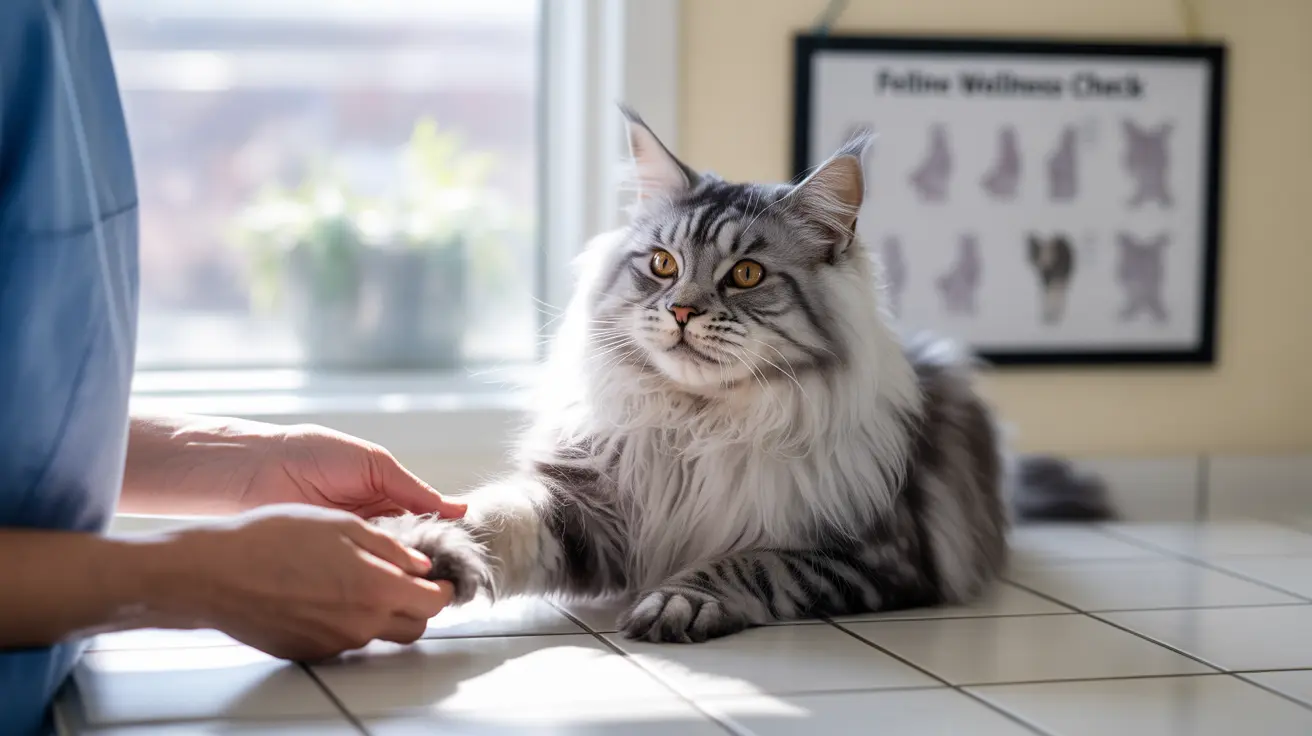What is Lentigo and Why Does it Occur?
Lentigo is a benign skin condition characterized by flat, dark brown or black spots that appear on a cat's skin, particularly in areas with minimal fur coverage. These spots, technically called lentigines, are caused by an increased concentration of melanocytes – the cells responsible for producing skin pigment.
Unlike human freckles, cat lentigo isn't related to sun exposure. Instead, it's linked to genetics, particularly in cats carrying the orange color gene. This explains why ginger, calico, and tortoiseshell cats are most commonly affected.
Common Areas Affected by Lentigo
While lentigo can appear in various locations, certain areas are more prone to developing these spots:
- Nose leather (most common location)
- Lips and around the mouth
- Eyelids
- Gums and oral cavity
- Footpads (less common)
Identifying Normal Lentigo vs. Concerning Symptoms
Normal lentigo spots have specific characteristics that distinguish them from potentially problematic skin conditions:
Normal Lentigo Characteristics:
- Flat against the skin
- Well-defined edges
- Dark brown or black color
- No associated pain or discomfort
- Gradual appearance and growth
Warning Signs to Watch For:
- Raised or lumpy spots
- Irregular borders
- Sudden changes in size or color
- Bleeding or ulceration
- Associated pain or sensitivity
Age of Onset and Progression
Lentigo typically begins appearing when cats are around one year old, though timing can vary. The condition often progresses gradually, with spots potentially increasing in both number and size as your cat ages. This progression is entirely normal and shouldn't cause concern as long as the spots maintain their typical characteristics.
When to Consult Your Veterinarian
While lentigo itself doesn't require treatment, certain changes should prompt a veterinary visit:
- Rapid appearance of new spots
- Changes in existing spots' appearance
- Development of raised areas
- Any associated symptoms like bleeding or discomfort
- Signs of irritation or inflammation
Frequently Asked Questions
What causes lentigo spots on a cat's nose and which cats are most likely to develop them?
Lentigo is caused by clusters of melanin-producing cells and is primarily genetic. Cats with orange, calico, or tortoiseshell coloring are most likely to develop these spots due to their genetic makeup.
How can I tell if the dark spots on my cat's nose are lentigo or something more serious like melanoma?
Lentigo spots are flat, well-defined, and don't cause discomfort. If spots become raised, irregular, or are accompanied by bleeding or pain, consult your veterinarian as these could be signs of something more serious.
Does lentigo on a cat's nose require any treatment or veterinary care?
No, lentigo doesn't require treatment as it's a harmless cosmetic condition. However, regular monitoring during routine veterinary check-ups is recommended.
At what age do lentigo spots typically start appearing on cats, and do they change over time?
Spots typically begin appearing around one year of age and may gradually increase in number and size as the cat ages. This progression is normal and shouldn't cause concern.
What signs indicate that lentigo spots on my cat's nose need immediate veterinary attention?
Seek veterinary care if spots become raised, change rapidly in size or color, bleed, ulcerate, or cause your cat any discomfort. These changes could indicate a more serious condition requiring medical attention.






